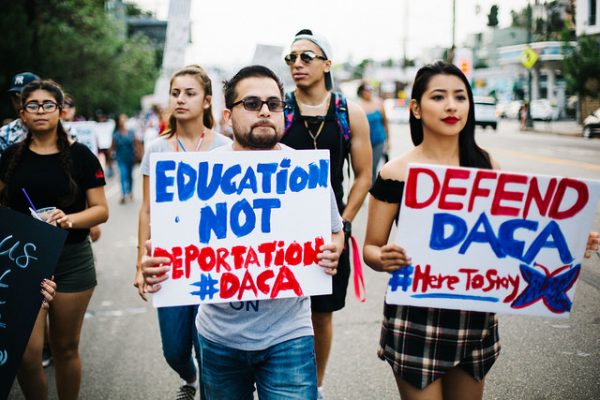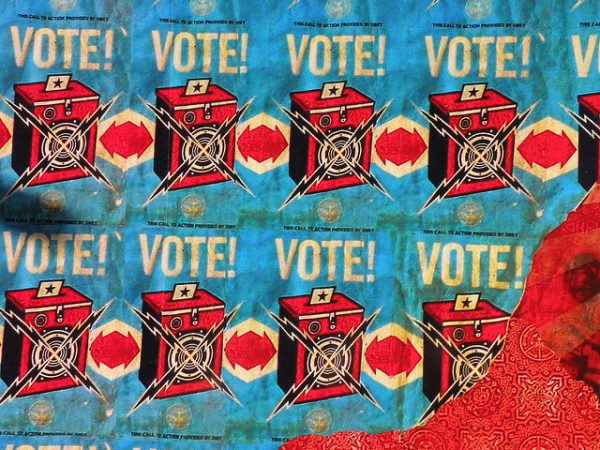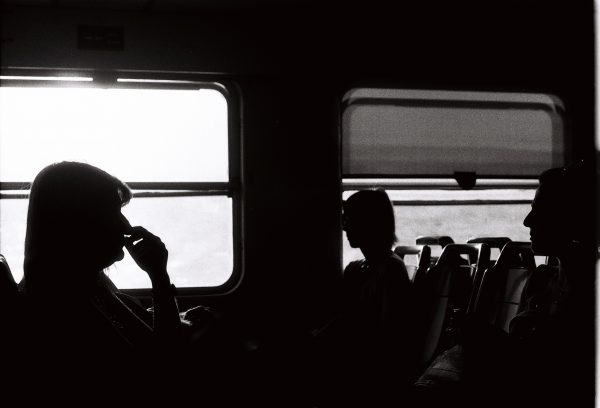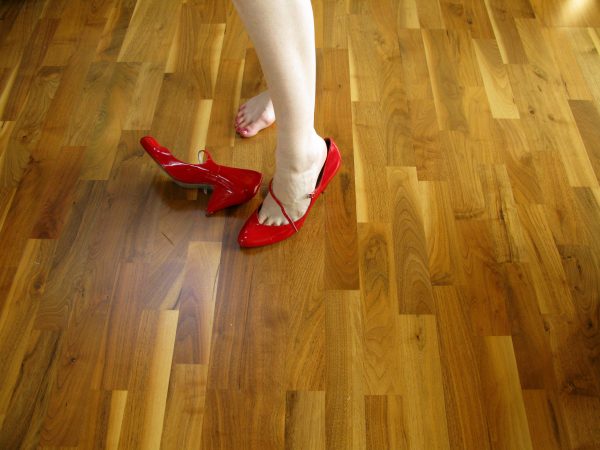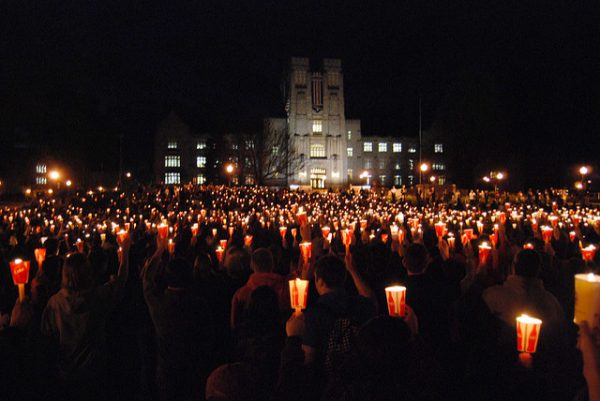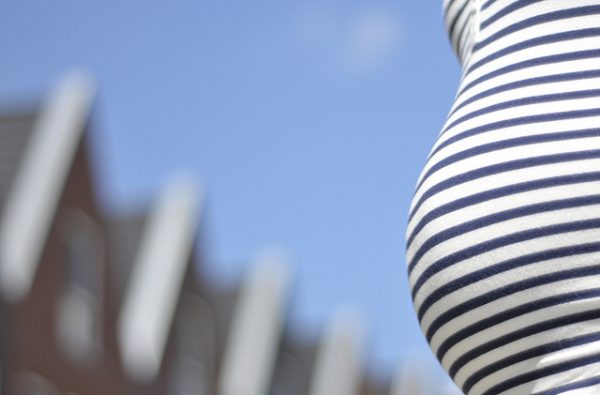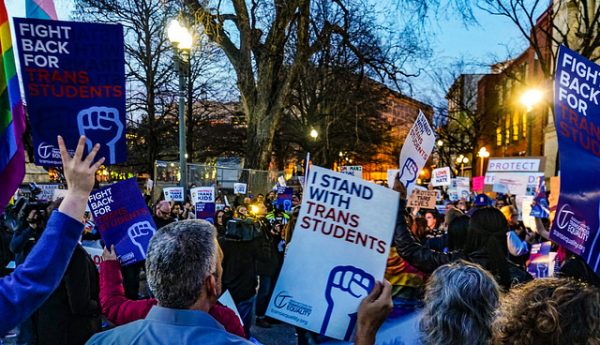
Benefits for the wealthiest Americans in Republicans’ proposed tax plan are causing alarm among some Americans, especially because they risk widening an already large wealth gap. According to a recent analysis, the three richest Americans control more wealth than half of the United States’ population. Wealth is different from income, because it takes into account assets like property and debts in addition to earnings, which means wealth inequality in the United States is much greater than income inequality. Social scientists demonstrate that the amount of wealth a person accumulates is associated with a variety of social advantages. And once someone has accumulated wealth, the benefits continue to build up over time and across generations.
Income matters for wealth accumulation, but that is not the only factor. Homeownership is particularly important, though age, wealth of parents, level of education, religion, race, and gender also influence the wealth a person acquires. For instance, unmarried women’s wealth on average is lower than men’s, and a significant gap exists between whites and Blacks in America — a gap that only gets wider in the top tax bracket.
- Alexandra Killewald and Brielle Bryan. 2016. “Does Your Home Make You Wealthy?” Russell Sage Foundation Journal of Social Sciences 2(6): 110–28.
- Michelle Maroto. 2016. “Growing Farther Apart: Racial and Ethnic Inequality in Household Wealth Across the Distribution.” Sociological Science 3: 801–824.
- Mariko Lin Chang. 2010. Shortchanged: Why Women Have Less Wealth and What Can Be Done about It. New York: Oxford University Press.
- Lisa Keister. 2005. Getting Rich: America’s New Rich and How They Got that Way. Cambridge: Cambridge University Press.
- Dalton Conley. 1999. Being Black, Living in the Red: Race, Wealth, and Social Policy in America. Berkeley: University of California Press.
Having wealth is an important indicator of future wealth and well-being. Parents’ wealth is often associated with greater well-being for their children, including higher educational and occupational attainment. Personal wealth also partially explains the gap in marriage rates between people with high and low education levels.
- Fabian T. Pfeffer. 2011. “Status Attainment and Wealth in the United States and Germany.” Pp. 109-37 in Persistence, Privilege, and Parenting: The Comparative Study of Intergenerational Mobility. New York: Russell Sage Foundation.
- Amy J. Orr. 2003. “Black-white Differences in Achievement: The Importance of Wealth.” Sociology of Education 76(4): 281-304.
- Daniel Schneider. 2011. “Wealth and the Marital Divide.” American Journal of Sociology 117(2): 627-67.

